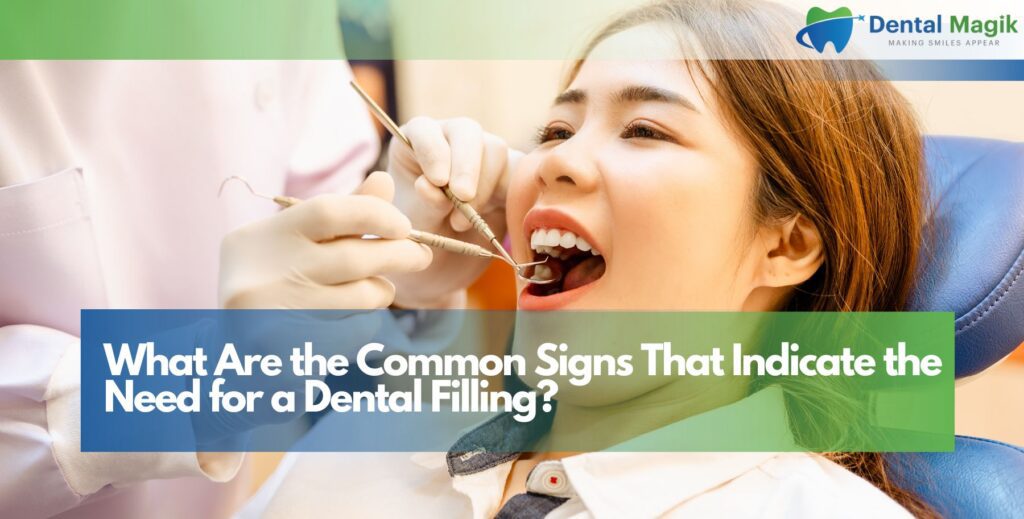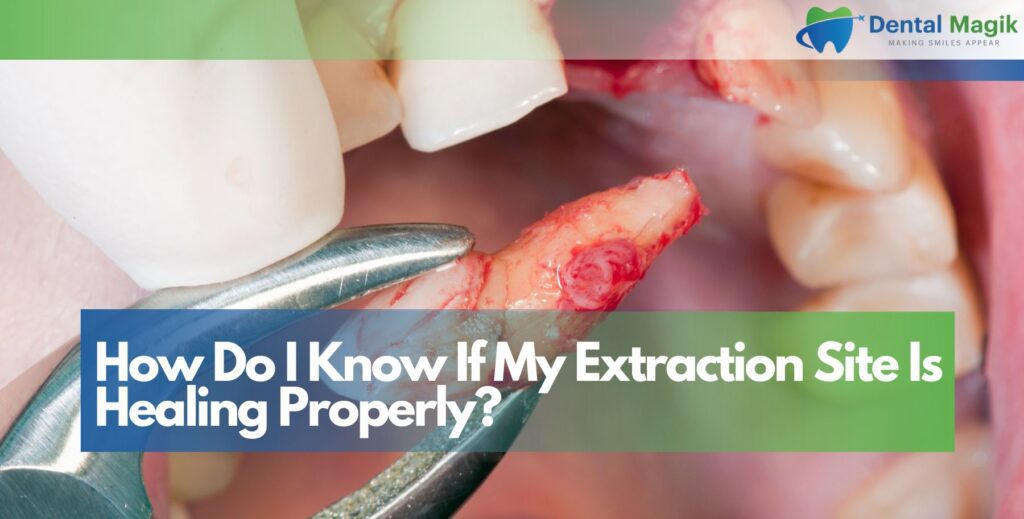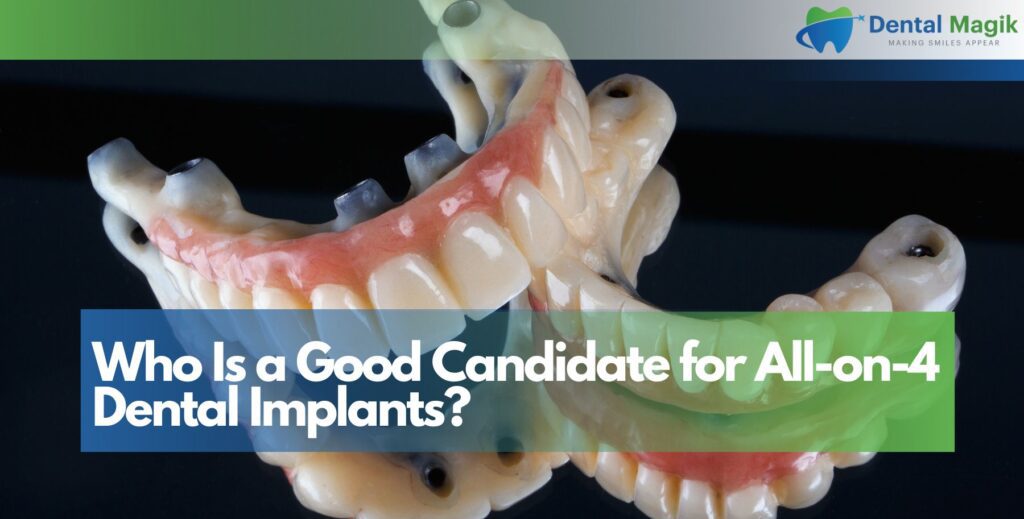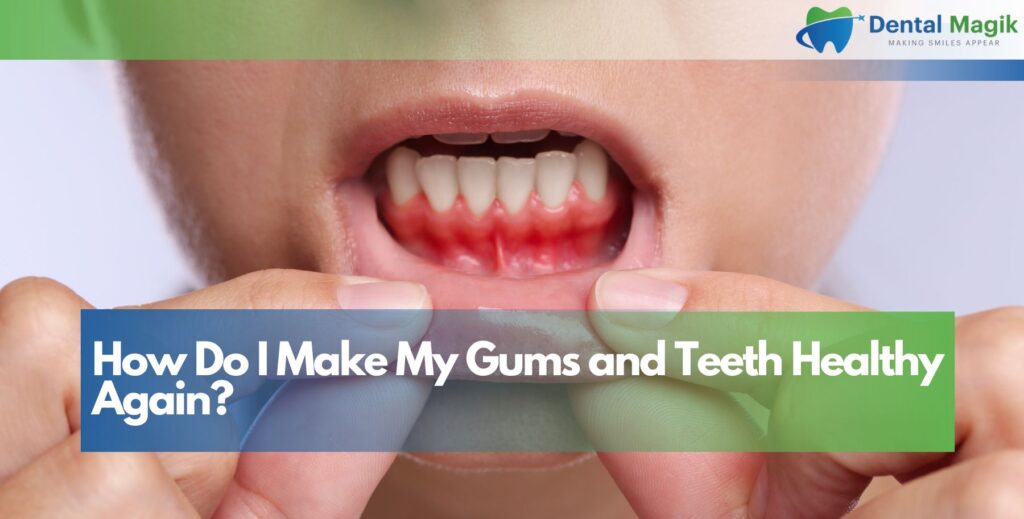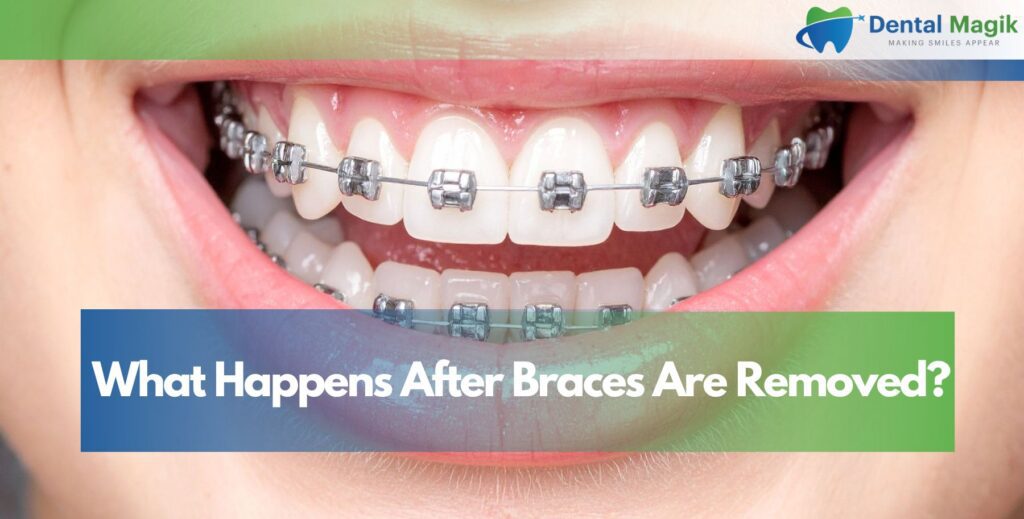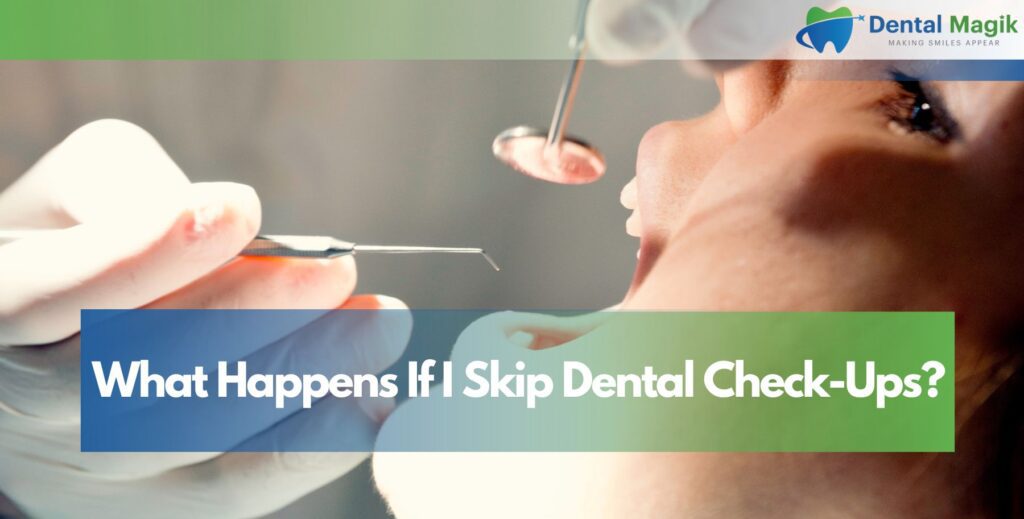A dental filling is one of the most common treatments—used to restore a tooth after decay or damage. Catching the early signs you need a filling helps prevent more serious issues later. In this guide, we’ll walk through the most common indicators, what they feel like, and what your dentist will do when you visit.
Tooth Sensitivity to Hot, Cold, or Sweet Foods
One of the earliest signals that you may need a dental filling is sensitivity when eating or drinking.
Sharp Pain with Temperature or Sugary Triggers
When your tooth hurts suddenly while consuming hot coffee, ice cream, or candy, it often means the enamel is compromised. These sharp, fleeting sensations are red flags—especially when they occur consistently in the same spot.
Lingering Discomfort After Removing the Trigger
If the pain lingers after you stop eating or drinking, it may indicate deeper enamel or dentin exposure. That typically signals decay close to the pulp—making a filling necessary.
Persistent Toothache or Throbbing Pain
A constant or recurring ache is a strong sign you should schedule a dental check-up.
Pain Without Obvious Cause
When pain occurs without pressure or visible damage, cavity progression may have reached the nerve. It’s a serious sign suggesting the need for a filling—or even a root canal if untreated.
Morning or Nighttime Throbbing
Throbbing that worsens when lying down or first thing in the morning is often inflamed inside the tooth. Expert treatment from your dentist can relieve this and prevent infection.
Visible Holes, Pits, or Dark Spots on Teeth
Sometimes what you can see is the clearest warning—visible decay or damage.
Noticeable Black or Brown Spots
Brown or black discoloration may signal decay. These spots can grow into shallow pits that plaque hides, making them ideal candidates for early filling before deeper damage sets in.
Tiny Holes or Pitting When Touched
If your tongue or floss catches on a groove or tiny hole, bacteria may be living inside. That calls for a filling or restoration before the decay expands further.
Sharp Edges or Rough Areas on a Tooth
Damage or decay may leave sharp fragments that can irritate your mouth.
Pain When Tongue Rides Over Edges
Sharp or jagged enamel—especially near the biting edge—can cut your tongue or cheek. This is often caused by chips or fracturing near areas of decay.
Food Stuck in Cracks
If food regularly gets stuck and doesn’t rinse away easily, you’re more vulnerable to bacteria buildup, decay progression, and the eventual need for a filling.
Pain When Biting or Chewing Food
Discomfort during chewing is a red flag that shouldn’t be ignored.
Soreness from Moderate Pressure
Pain when biting—even gently—is often a sign of decay reaching deeper layers like the dentin. This can require an immediate filling to protect the tooth’s nerve.
Cracked Tooth Syndrome
Some cracks aren’t visible but cause sharp pain when pressure is applied. A dental exam can reveal a crack and allow your dentist to place a protective filling or bonding before a full fracture occurs.
Gum Inflammation or Bleeding Near One Tooth
While gum bleeding often points to gingivitis, bleeding that’s isolated to one area may signal hidden decay near the gum line.
Redness or Swelling Near Tooth Surface
If one section of your gums looks red, swollen, or bleeds during brushing—especially around a single tooth—it could mean that decay has reached near or under the gum line. This decay often requires a dental filling or deep cleaning.
Bad Breath and Taste Around the Area
Decay often traps bacteria, which release unpleasant odors. If you notice a bad taste or persistent bad breath from one tooth, this could mean trapped food or an infected cavity.
Recurring Food Traps or Floss Tearing
Teeth with cavities or damaged fillings can develop gaps that trap food.
Floss Gets Caught or Tears Between Teeth
If your floss constantly frays in the same spot, a rough or decayed edge may be breaking it. This is a subtle but important sign of enamel breakdown.
Food Always Caught in One Area
Persistent food traps are more than annoying—they invite bacteria, tooth decay, and gum irritation. A filling can close the gap and restore the tooth’s surface.
Sensitivity to Pressure or Cold After a Past Filling
A tooth that was previously treated may need a replacement filling if symptoms return.
Old Filling Feels Loose or Unstable
If a filling feels like it’s shifting or the tooth around it feels different during chewing, it may be breaking down. This can lead to leakage and new decay under the filling.
Pain Returns in a Previously Treated Tooth
A filled tooth shouldn’t continue hurting long after the procedure. If pain returns months later, the original cavity may not have been fully sealed, or new decay has started.
Small Chips or Cracks That Aren’t Painful (Yet)
Sometimes a tooth may chip or crack without pain—but don’t ignore it.
Surface Damage Can Invite Bacteria
Even without pain, surface cracks allow bacteria to enter the tooth, especially if left untreated. A filling or bonding treatment seals the area and prevents bigger problems.
Hairline Cracks from Grinding
If you grind your teeth, you may notice small lines or worn surfaces. These cracks often need composite fillings or guards to prevent future breaks or pain.
Loose or Missing Previous Fillings
If a filling falls out or becomes loose, it’s important to fix it immediately.
Sensitivity in an Uncovered Tooth
An exposed cavity after a filling falls out is vulnerable. Pain, cold sensitivity, or discomfort while chewing means a new tooth-colored filling is needed urgently.
Visible Hole Where Filling Used to Be
If you can feel or see a gap in your tooth, contact your dentist. Replacing the filling prevents decay from advancing or reaching the pulp.
Preventive Care and Dental Checkups
Many signs of needed fillings are caught early with routine dental visits.
X-rays Detect Hidden Decay
Your dentist can catch interproximal cavities (between teeth) with x-rays, even if you’re not in pain. That’s why six-month visits are important.
Fluoride and Sealants as Protection
Using fluoride toothpaste and asking your dentist about sealants can prevent decay in high-risk areas—delaying or avoiding the need for fillings altogether.
Conclusion
Knowing when you need a dental filling isn’t always obvious. But signs like sensitivity, visible damage, throbbing pain, bad breath, and sharp edges are all clues your tooth needs attention. Getting treated early helps prevent root canals, infections, and costly procedures.
If you’re experiencing any of these symptoms, it’s time to book a check-up with a professional. A skilled Dentist in East Brunswick, NJ can quickly diagnose the issue, restore your tooth, and help you stay pain-free and confident in your smile.
FAQs
How do I know if I need a dental filling?
Common signs include tooth sensitivity, visible holes, throbbing pain, or food constantly getting stuck in one area.
What does a cavity feel like?
It may start with no symptoms, then progress to sensitivity to sweets, hot/cold, and eventually sharp pain or a dull ache.
Can I ignore a small cavity if it doesn’t hurt?
No. Small cavities grow fast. Catching them early allows for a simple filling, avoiding root canals or extractions later.
Will I feel a hole in my tooth if I need a filling?
Sometimes yes. You may feel a dip, pit, or sharp edge with your tongue if enamel is eroded.
How long does a dental filling last?
Tooth-colored fillings last around 7–10 years. Gold or ceramic fillings can last longer with proper care.
Is tooth sensitivity always a cavity?
Not always. Sensitivity could come from gum recession, grinding, or enamel wear, but a cavity is a common cause.
What happens if I delay getting a filling?
Decay will progress to deeper layers, potentially requiring a root canal, crown, or tooth removal.
Are white fillings better than silver?
Composite (white) fillings blend with your teeth and bond well. Silver (amalgam) is durable but less aesthetic.
Can a filling fall out?
Yes. Trauma, chewing hard foods, or natural wear can cause fillings to loosen or break over time.
How can I avoid needing a filling?
Brush twice daily, floss, use fluoride toothpaste, avoid frequent sugar snacks, and get routine dental check-ups.

